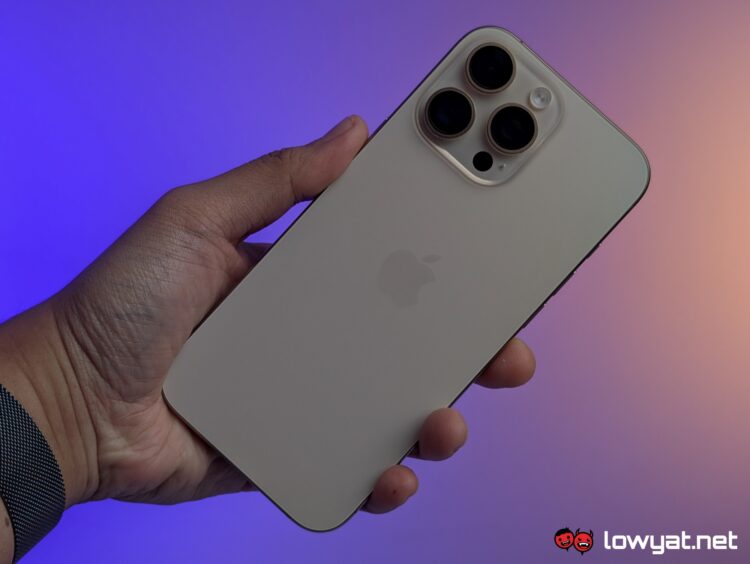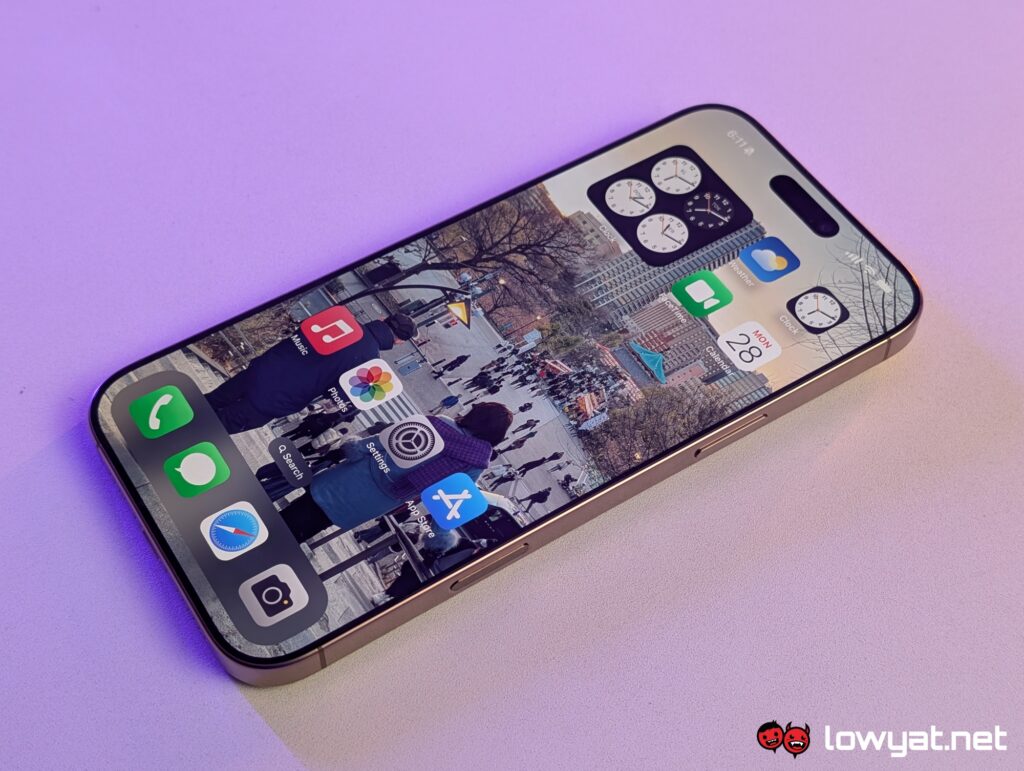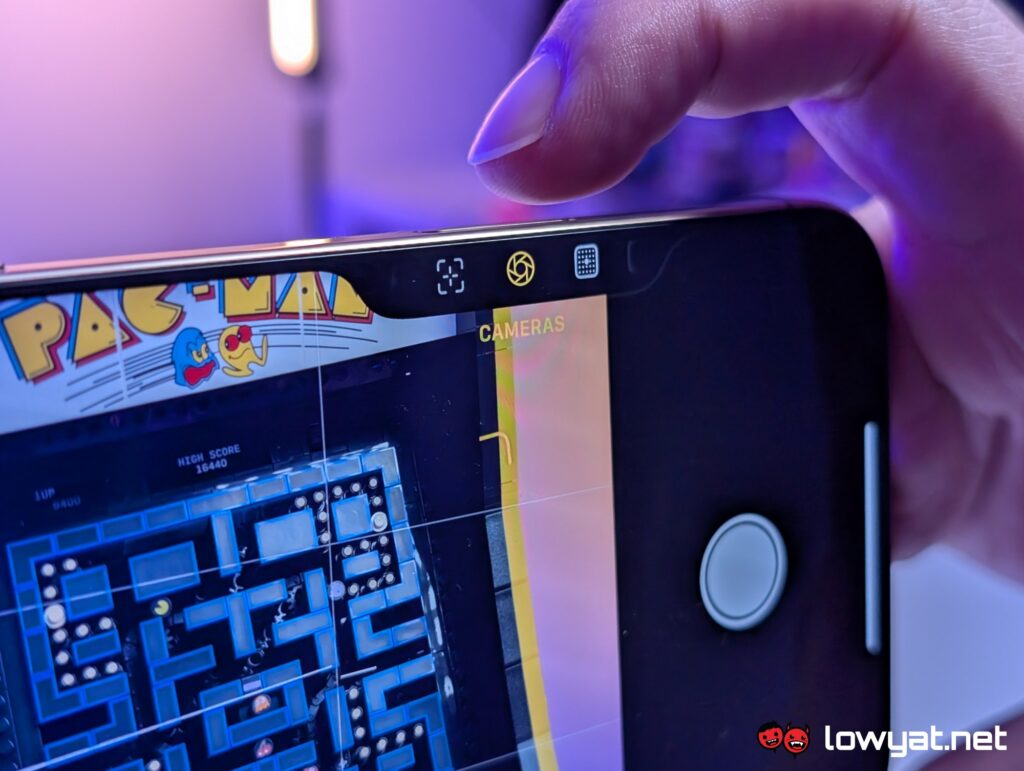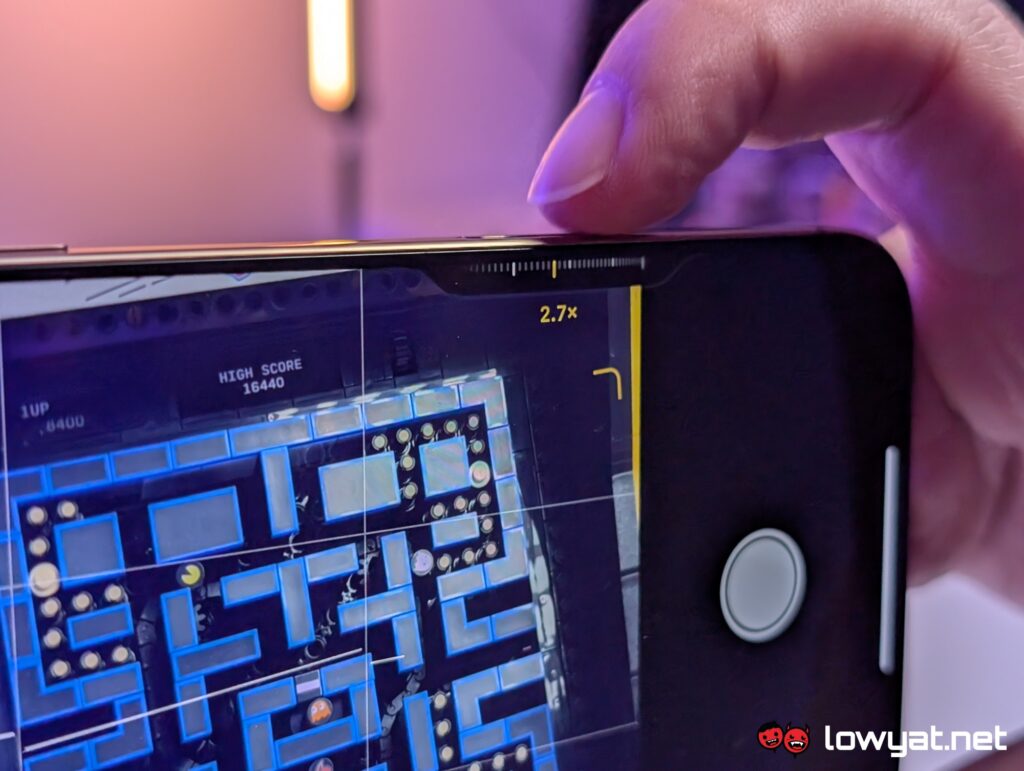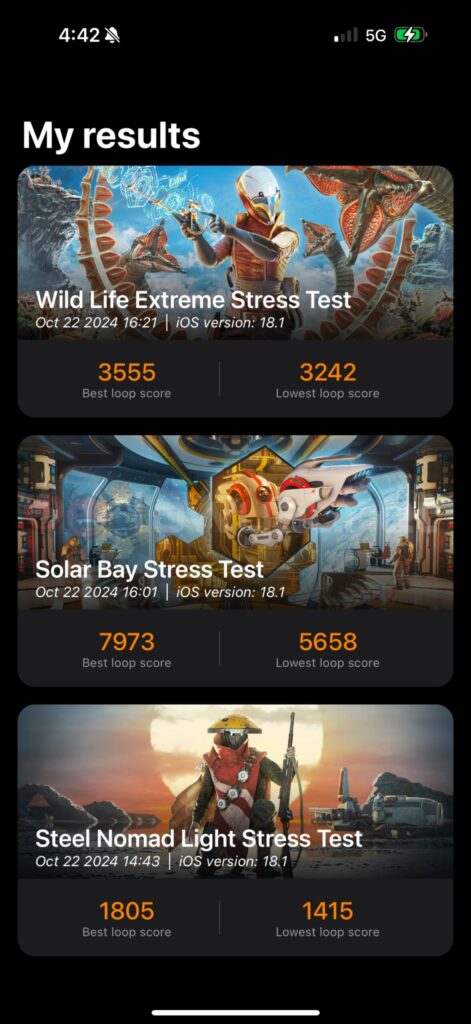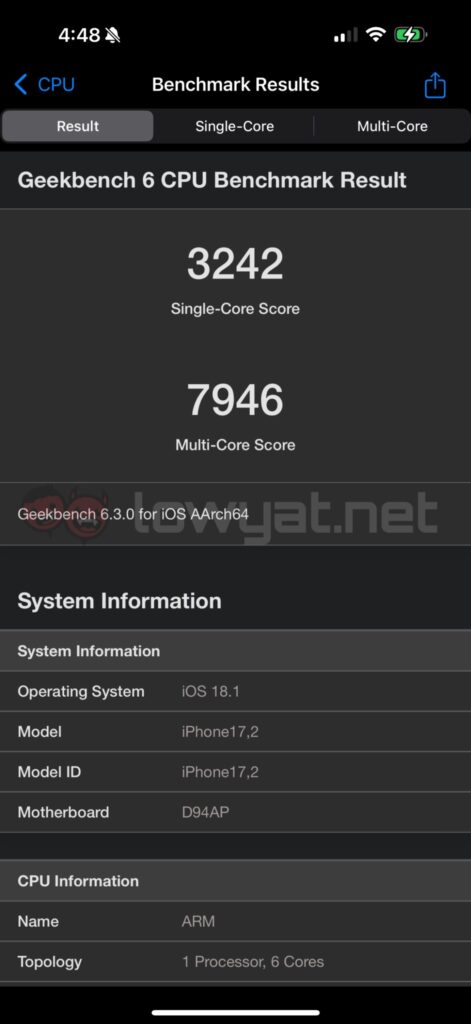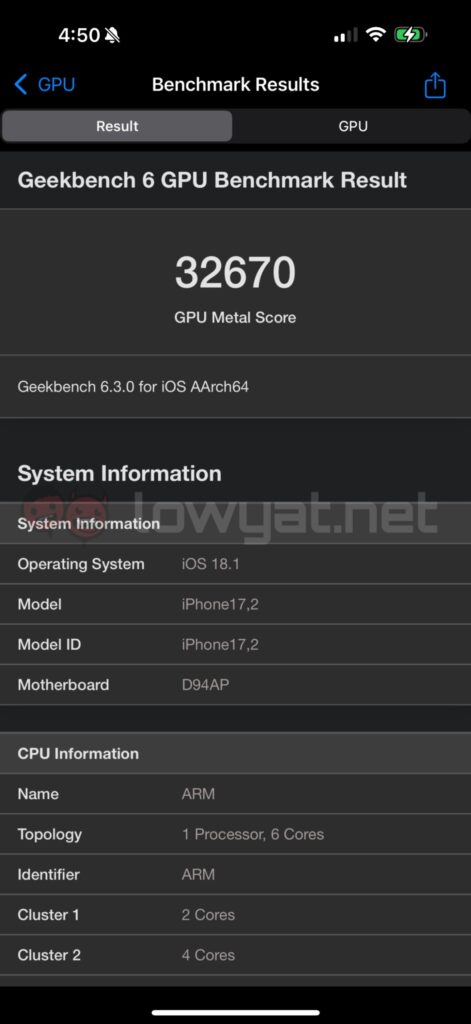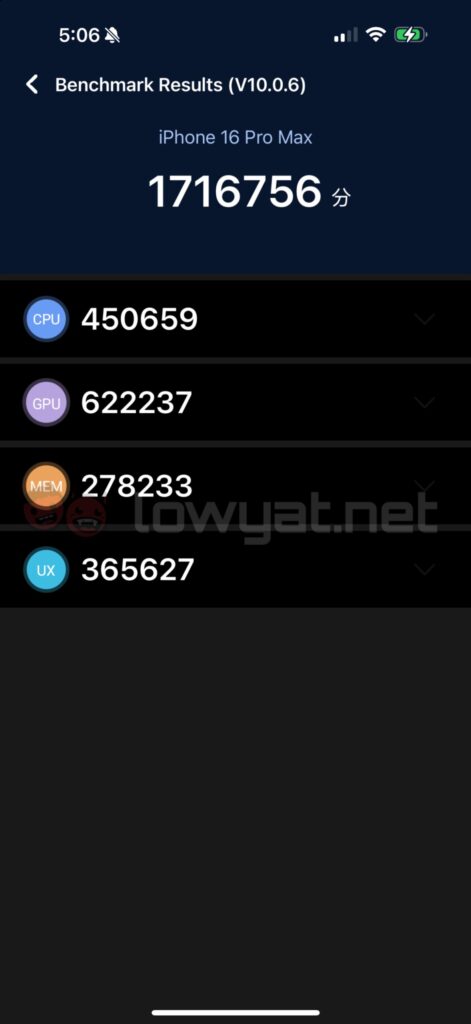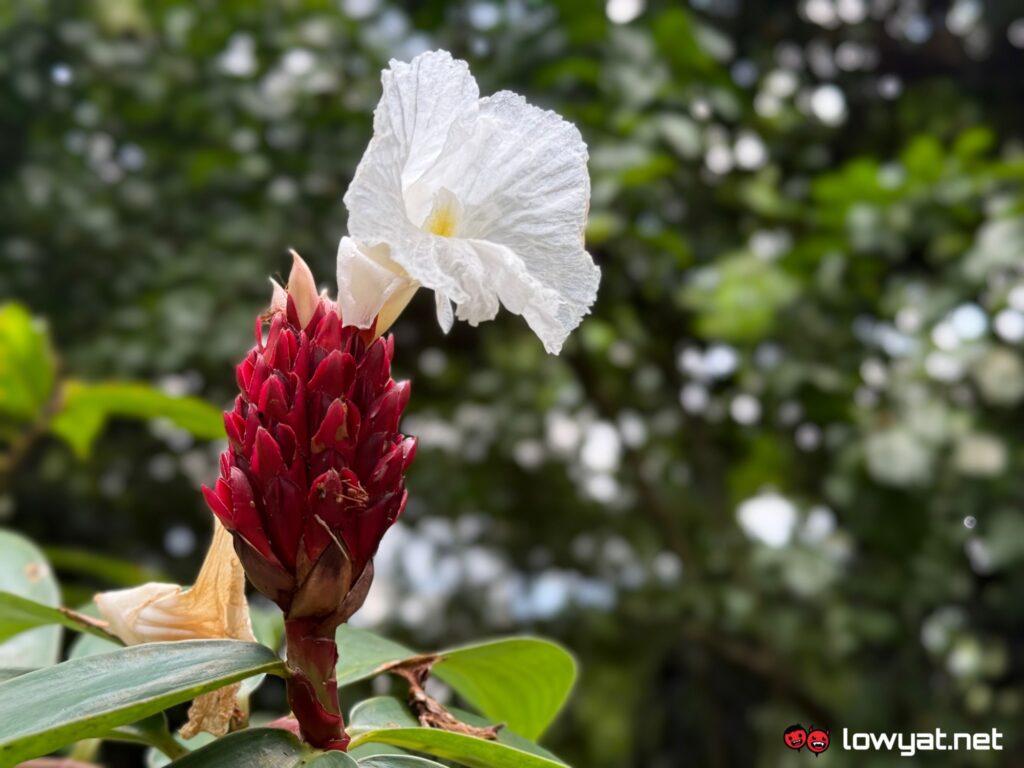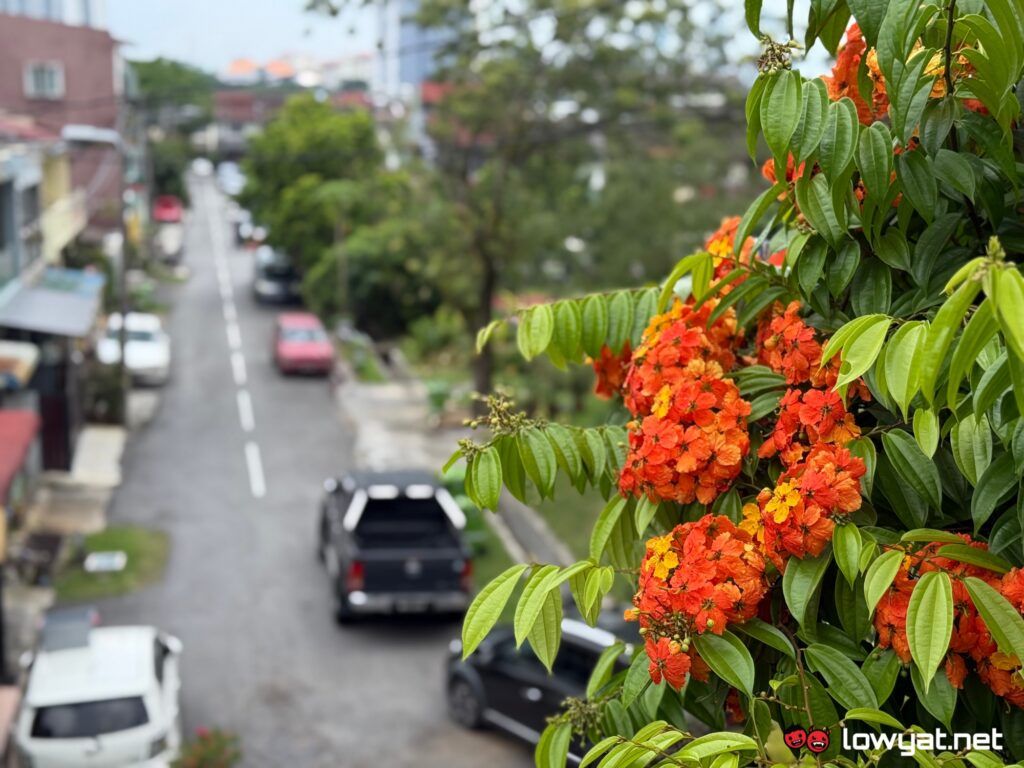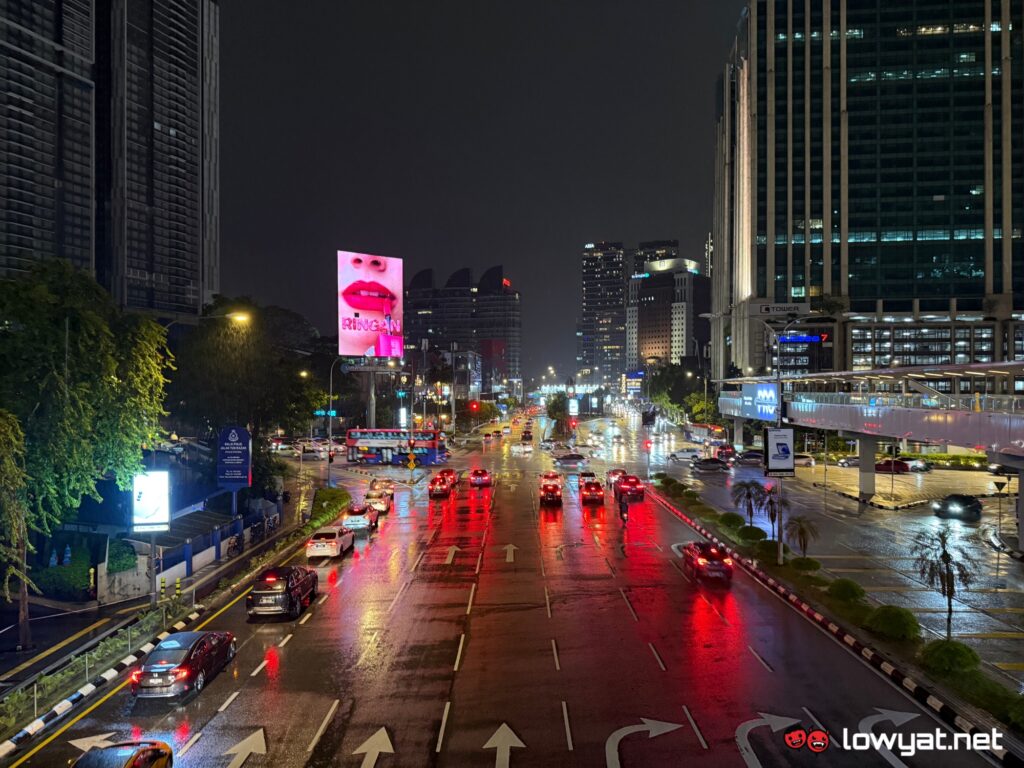Equipped with Apple’s latest, most powerful chipset and several significant hardware upgrades, this year’s iPhone 16 Pro Max is poised to be the brand’s most capable smartphone yet. It also introduces the series’ new Camera Control and an array of Apple Intelligence features right out of the box.
So, is this year’s top of the line Pro Max model worth getting, or even upgrading to? Let’s dive in.
Specifications
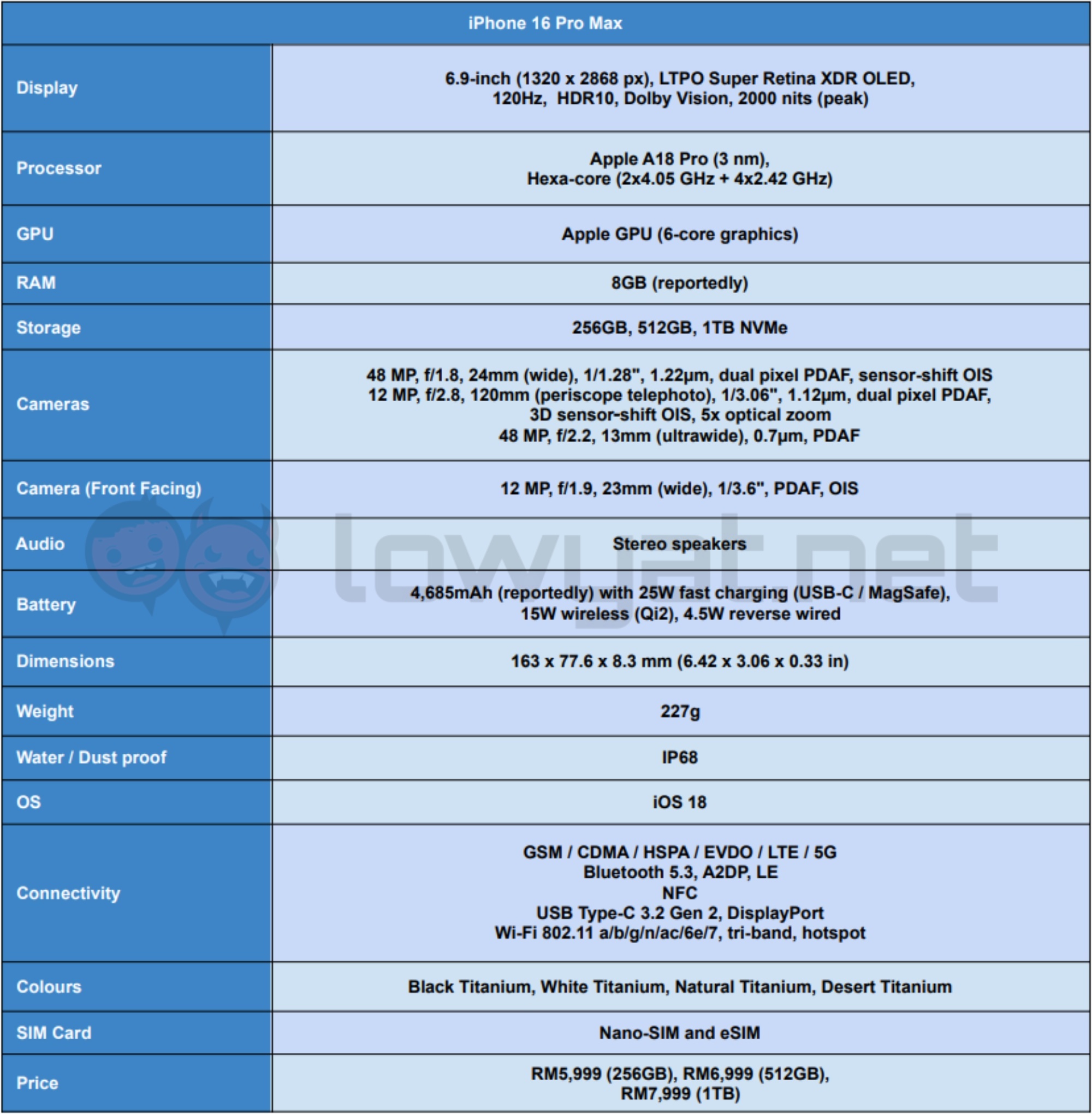
Looks
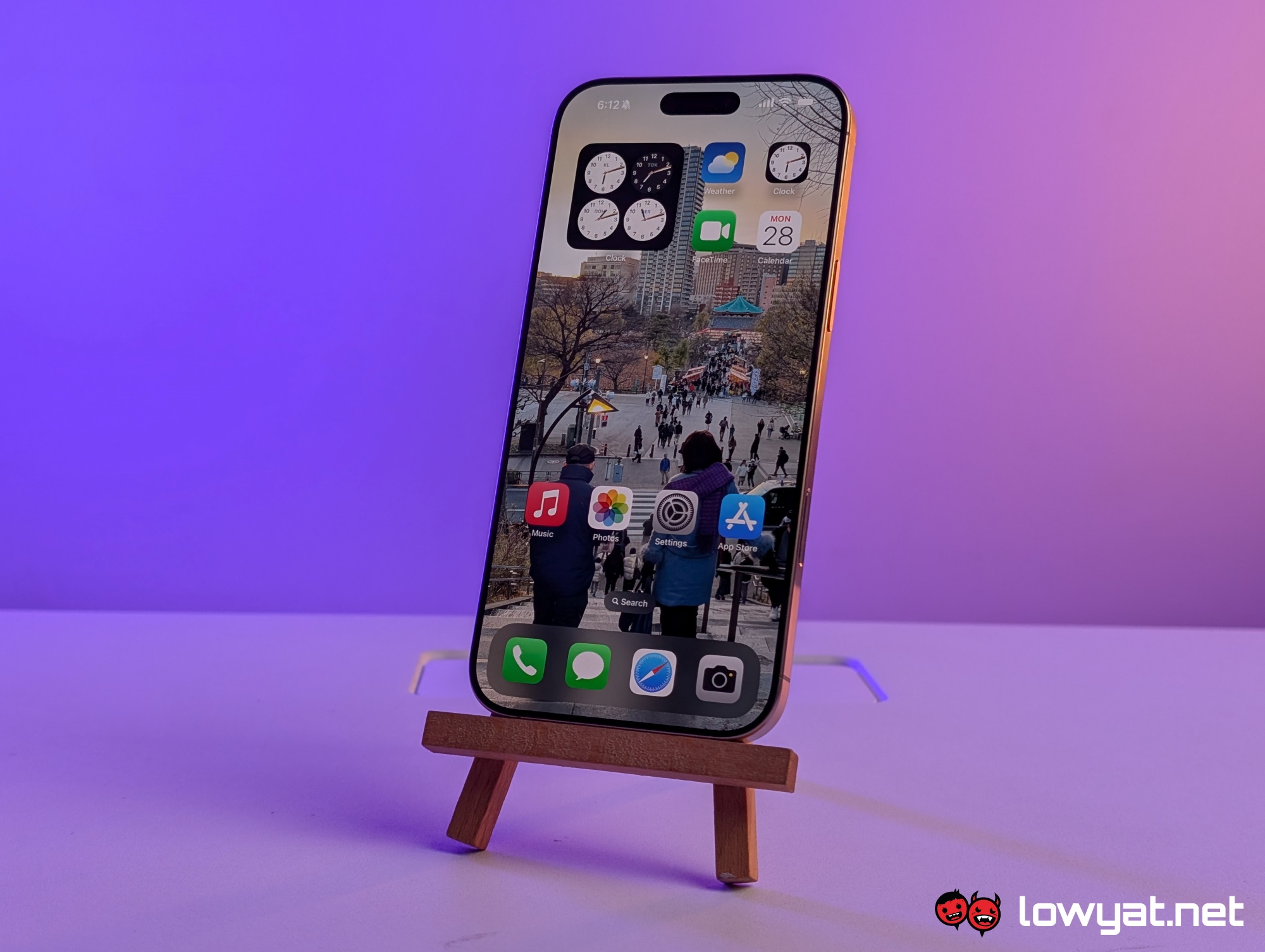
The new iPhone 16 Pro and Pro Max follow their respective predecessors, featuring titanium materials as part of their premium aesthetic. For this review, Apple has provided me with the Desert Titanium version, which is the all-new colourway that’s introduced alongside the existing White, Black and Natural titanium finishes. In a way, this colour serves as the “gold” option which was missing from last year’s Pro line-up.
For better or worse, the phone barely looks much different from its predecessor in terms of design, with the only obvious difference being the new Camera Control on the bottom right. And it’s also actually bigger than the iPhone 15 Pro Max, albeit just slightly. Complementing this change is the larger 6.9-inch display with thin bezels on all sides, which does provide a generous amount of screen estate for apps and so on. Protecting it is Corning’s third-gen Ceramic Shield Glass, which is touted to be its toughest yet.
Personally, I welcome the changes, though I won’t deny that same-y design language for the Pro models does get boring after a couple of years. Until a new design direction comes into consideration at Apple, it looks like we’ll be sticking with this all-too-familiar look for a while.
When it comes to comfort, the iPhone 16 Pro Max isn’t very one-hand-friendly in most situations, but that’s expected for smartphones of this size. On the bright side, it’s quite grippy and not too heavy, making it pleasant to hold. However, despite the improved durability, I recommend using a case for added protection and peace of mind.
Functionality
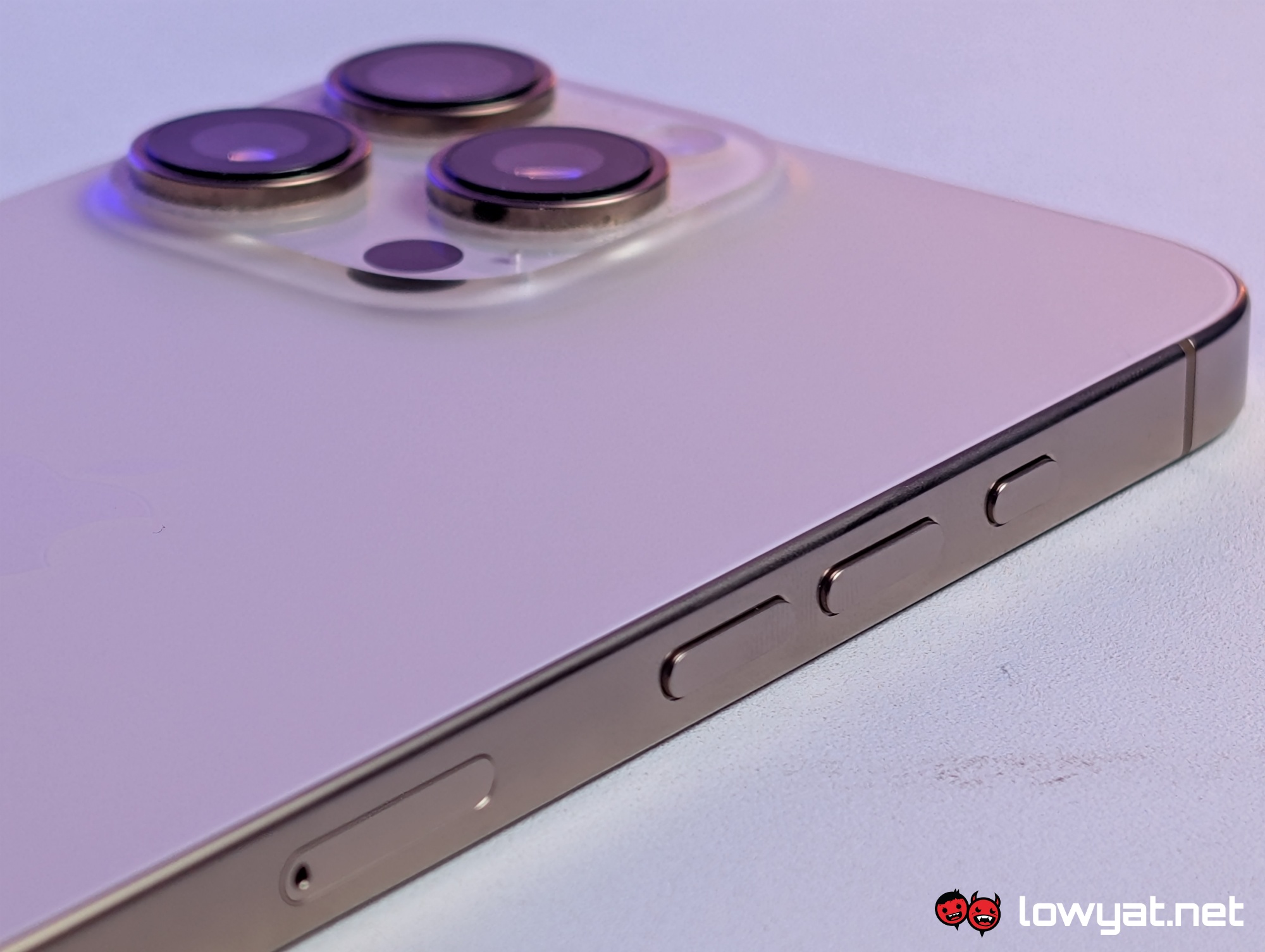
Let’s circle back to the iPhone 16 Pro Max’s display. Like last year’s model, it features a Super Retina XDR OLED panel, though its resolution is now slightly higher at 1320 x 2868 pixels due to its larger size. The rest of the screen’s specifications remain unchanged, with a 120Hz refresh rate and a peak brightness of 2000 nits.
As with last year’s model, the display is bright, crisp, vivid and smooth, thus providing an exceptional viewing experience when watching videos or playing games. The useful Dynamic Island feature, which masks the front-facing camera and Face ID sensor, also makes a return on the iPhone 16 Pro Max.
On the software side of things, Apple’s iOS platform remains to be intuitive and easy to navigate, and I appreciate the added customisability. While it doesn’t reach Android’s level of personalisation, features like freely arranging apps and widgets, and tinting icons with different colours, add more depth to the experience. Apple’s Intelligence features, such as notification summaries and enhancements to the Photos app, are excellent additions, though some are not fully available just yet.
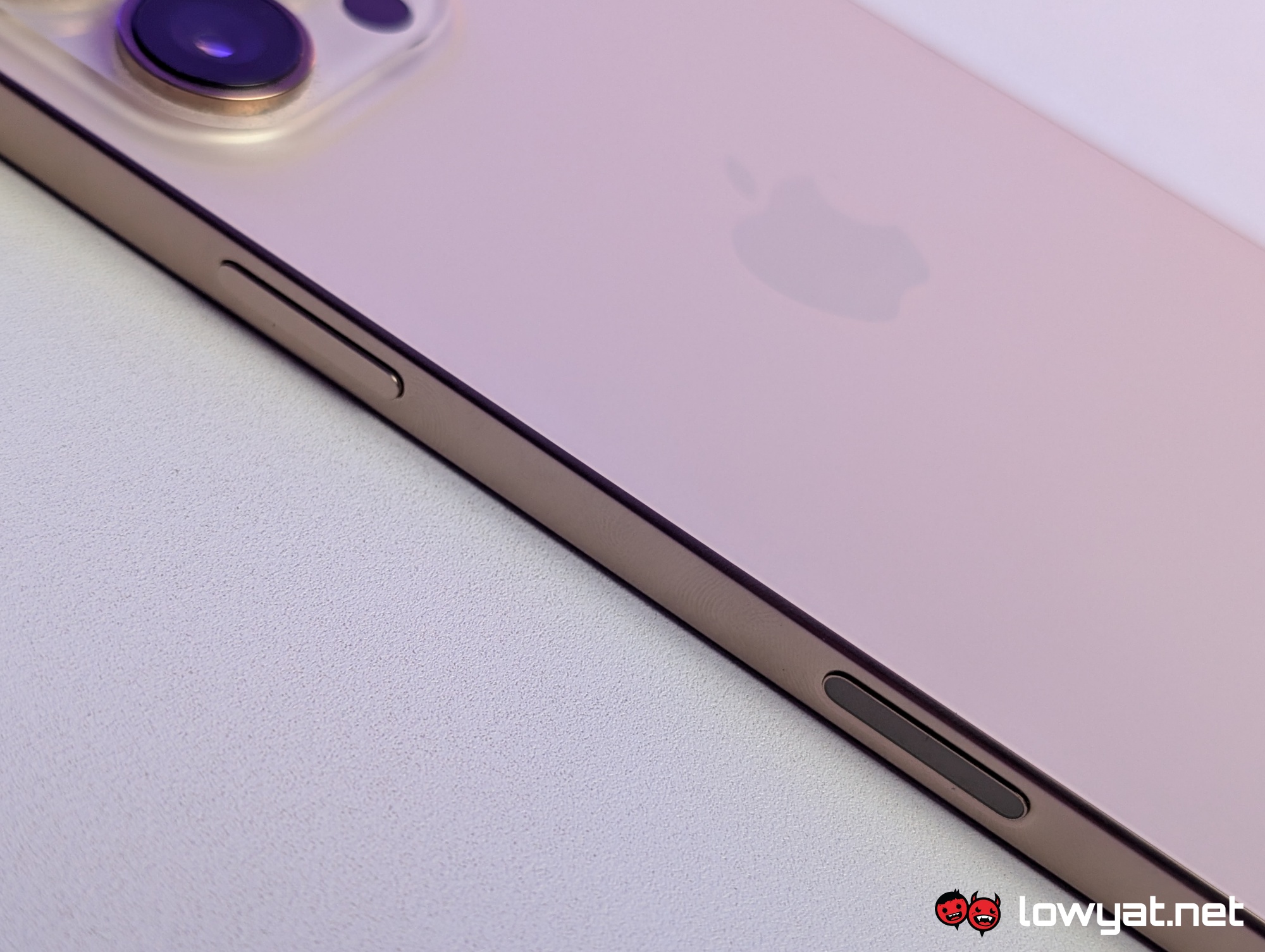
Now, let’s talk about the addition of Camera Control on all four models of the iPhone 16 series. In case you’re wondering, it’s no different from the ones featured on the vanilla, Plus or standard Pro variants. Pressing the Camera Control button opens the camera app, holding it down starts video recording, double-tapping toggles different camera modes, and swiping left or right lets you switch between modes or adjust zoom levels. Additionally, the phone’s haptic feedback enhances the experience, making camera use satisfying.
Camera Control has limitations, however. You can’t use a soft press to lock focus on objects in the centre of the frame like on digital cameras, and the button cannot be customised or used with non-camera apps. While it’s handy for quick captures or underwater use when the touchscreen is inaccessible, I often find myself returning to the traditional on-screen interface.
On the opposite side of the phone is the Action Button, returning from last year’s Pro models. It functions similarly to its previous iteration but now comes with a few new capabilities. You can assign it to a wider range of functions, including Magnifier, Voice Memo, Focus mode, Shazam, and even as a shortcut to easily launch specific apps.
As for audio, the quality of the iPhone 16 Pro Max’s stereo speakers is loud and clear for a mobile device, but don’t expect anything out of the ordinary here. Also onboard are four new microphones which not only enhances call clarity, but add customisable depth during video recordings. More on the latter later.
Lastly, the iPhone 16 Pro Max retains a weather and dust resistance rating of IP68, meaning it can withstand splashes and survive brief periods underwater before shutting off. But like other devices with similar ratings, contact with seawater is not recommended.
Performance
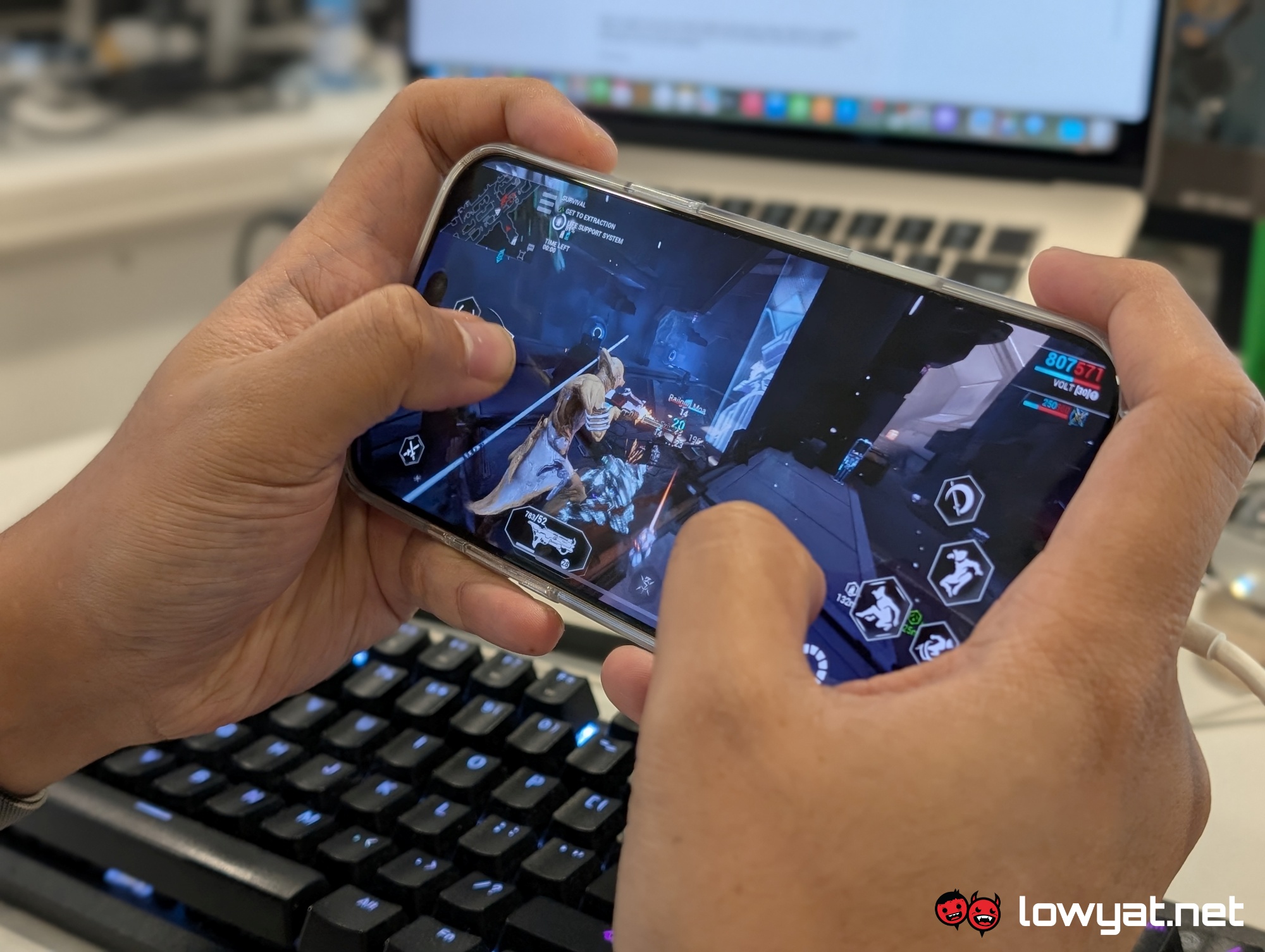
The A18 Pro chipset is undeniably powerful, just as advertised. Running through benchmarks like 3DMark, Geekbench and Antutu, the iPhone 16 Pro Max delivered impressive numbers across the board. And it goes without saying that with this level of performance, you can expect running general tasks and multiple apps simultaneously to be a breeze for the phone.
Also part of my performance tests are graphically demanding games like Resident Evil 4 Remake, Assassin’s Creed: Mirage, and Warframe. The first ran at default settings (no graphics customisation available) and averaged 30fps, while Mirage also exhibited similar frame rates at the highest graphics settings. Warframe fared better, running at an average of 50 to 60fps on max settings, though there are moments where it briefly dips down to 30 frames or so when things get chaotic on screen.
While Apple has indeed improved heat management on the iPhone 16 Pro Max, temperatures will still occasionally rise when gaming, though rarely at a level where it’s outright uncomfortable to hold. Nevertheless, it’s something to be aware of, especially if you’re playing for extended periods.
One significant improvement is battery life, where I managed to get up to 41 hours on a single charge when using the phone as a daily driver. To be more specific, throughout the time, I’ve utilised the Pro Max for social media browsing, private messaging, calls, music and video consumption, as well as occasional gaming. Meanwhile, via our non-stop video streaming test, it managed to last just over 22 hours, which is still considerably decent.
Camera
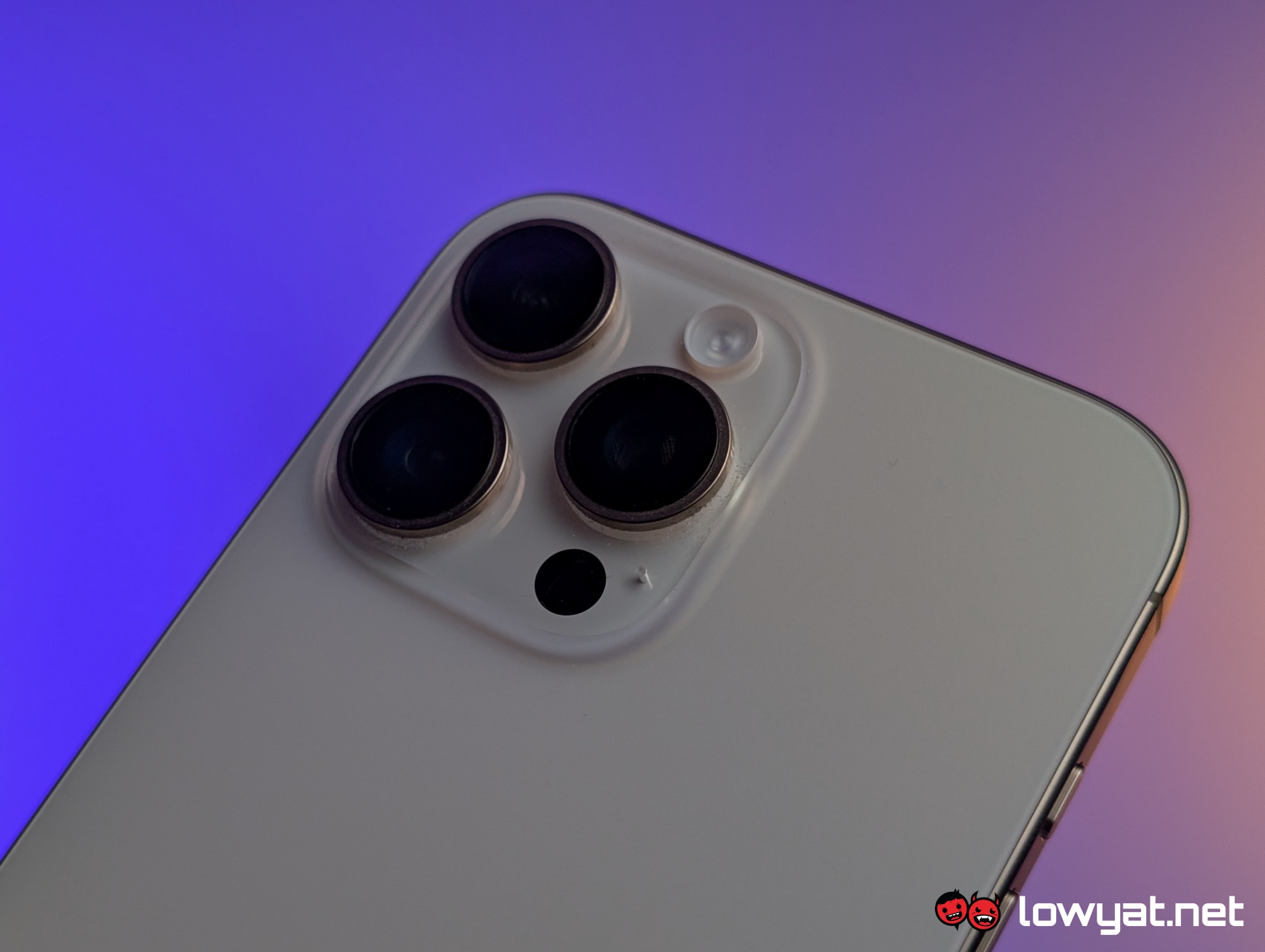
Apple has improved some aspects of the cameras featured on the iPhone 16 Pro Max, which are much welcomed, but are also mostly iterative rather than groundbreaking. Low light photography has been improved, with more detail preserved under ideal conditions. On the other hand, daytime shots appear quite natural in terms of colours and details when snapping photos with the default camera preset, though hues tend to look a bit warm at times. But on the flip side, you can choose to spice things up a bit further by using the new Styles setting, which lets you switch between different colour profiles, or even set your own.
Ultra-wide and optical zoomed shots are pretty decent as well, though image quality will take a hit when shooting with digital zoom. Pushing past the Pro Max’s 5x optical limit, photos will exhibit the usual noise and detail compensation, which doesn’t look too jarring when shot in daytime. However, mileage will vary for those taken in low-light.

Macro photography has also seen a nice boost, thanks to the improved ultra-wide lens. Now capable of allowing you to move in much closer to subjects, macro shots pack in more fine detail, making them more visually satisfying than before. Then there’s the iPhone’s Portrait Mode, which remains to be my favourite when compared to similar options offered by other smartphones. Reason being that the bokeh and depth effects look almost natural, thanks in part to the LiDAR sensor that lends more accuracy to the overall effect.
For video, the 16 Pro Max now brings the option to shoot both HD and 4K at 120 frames per second, which is a big plus for those planning to insert slowed down scenes in post for footage shot outside of Slo-Mo mode. Apple’s Cinematic Mode also returns, allowing for a dramatic effect, even if largely unchanged from previous versions.
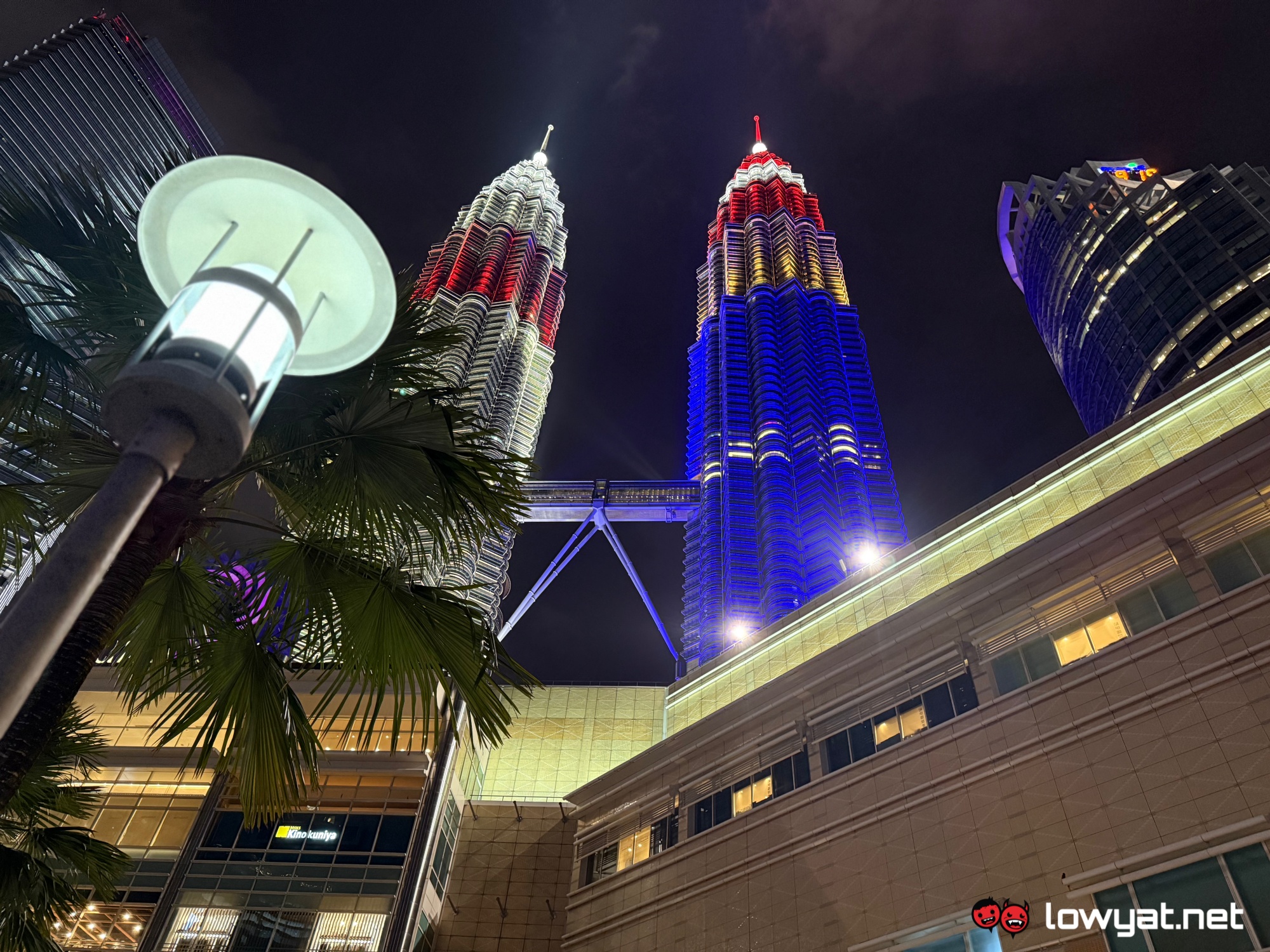
In terms of quality, much like still photos, recorded videos are generally high quality. However, those shot in low-light can be predictably less sharp, while colour tones continue leaning towards warm on the default profile. Additionally, image stabilisation during recordings is above average at best, but note that Action Mode isn’t available if you shoot at 120fps.
Remember the four new microphones that I mentioned earlier in this review? On top of providing better call quality, these also feature improved wind noise reduction, as well as enable spatial audio recordings on the iPhone 16 Pro Max.
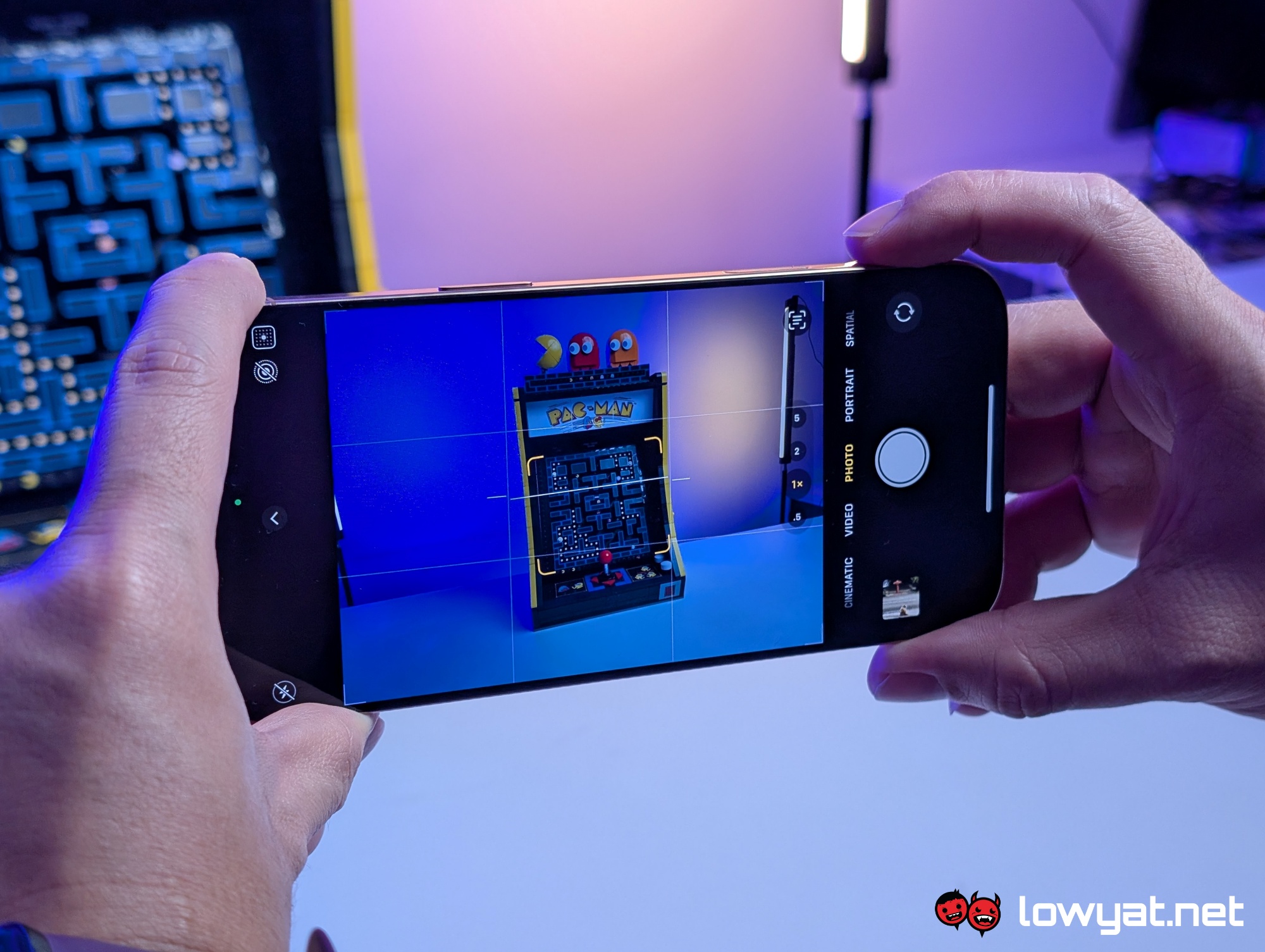
The latter is made possible by the new Audio Mix tool via the onboard video editor, which lets you switch between different audio focus settings in post. These include Standard, which outputs sound as is; In-Frame, which prioritises sounds generated by on-screen subjects; Studio, which removes reverb; and Cinematic, which focuses on voices while keeping other noise in the background.
In my opinion, Audio Mix is one of the cooler new additions on this year’s Pro models. Granted, the feature won’t be as effective as having actual audio equipment, but it’s a good launchpad for content creators and budding filmmakers who aren’t willing to break the bank for extra gear.
More sample shots
Competition
iPhone 15 Pro Max
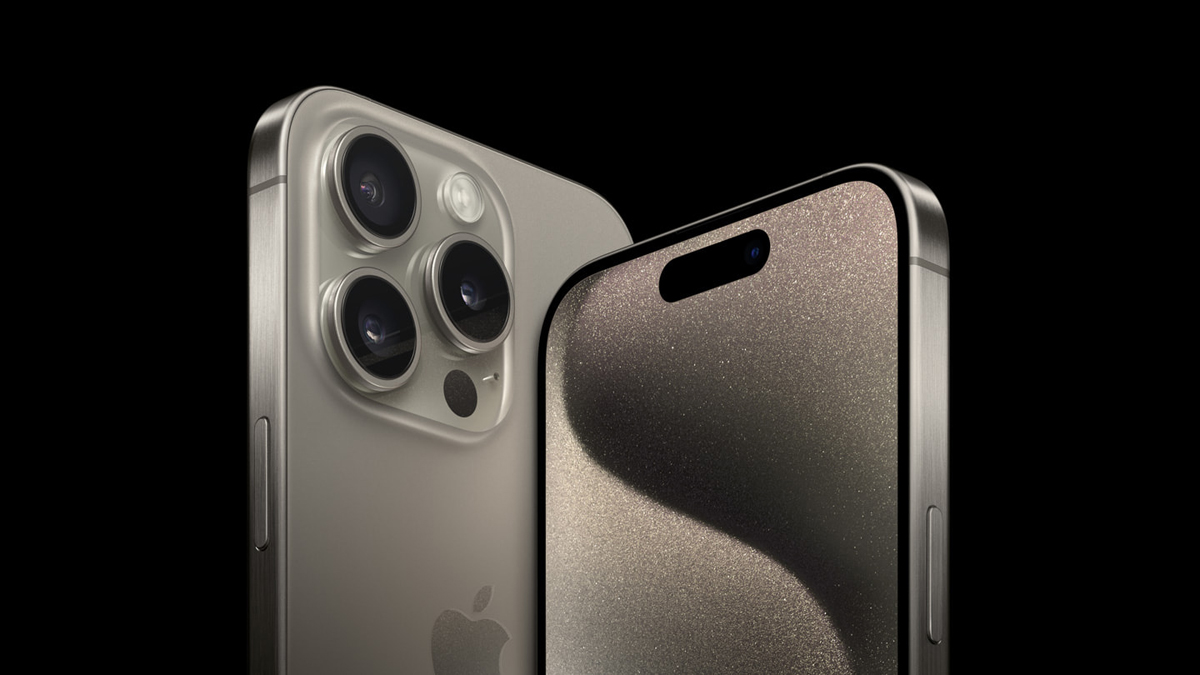
The iPhone 15 Pro Max still has enough power to last a few more generations. Its A17 Pro processor remains notably powerful, and its battery life is only slightly inferior to that of its successor. Meanwhile, most of its camera setup is on par with the iPhone 16 Pro Max, except for the 12MP ultra-wide lens. Additionally, Apple Intelligence is supported on last year’s Pro models.
At the time of writing, this model starts at RM5,499 through local distributors like Machines and Switch—RM1,000 less than its launch price and RM500 cheaper than the starting configuration of this year’s Pro Max. If you don’t mind missing out on newer hardware and features like Camera Control, the iPhone 15 Pro Max is still worth considering.
Google Pixel 9 Pro XL
![]()
The Pixel 9 Pro XL may be Google’s top-end variant of its current-gen smartphones, but it is the least powerful device in this list. This is due to its onboard Tensor G4 chip, which performs well when handling day-to-day tasks, but not so much in terms of gaming.
Despite its particular shortcoming in performance, the phone excels in practicality and imaging, and it also comes with a good number of fun built-in features to play around with. Pricing-wise, the Pixel 9 Pro starts from RM5,699, but you’ll only be getting 128GB storage if you’re opting for the more affordable configuration.
Samsung Galaxy S24 Ultra
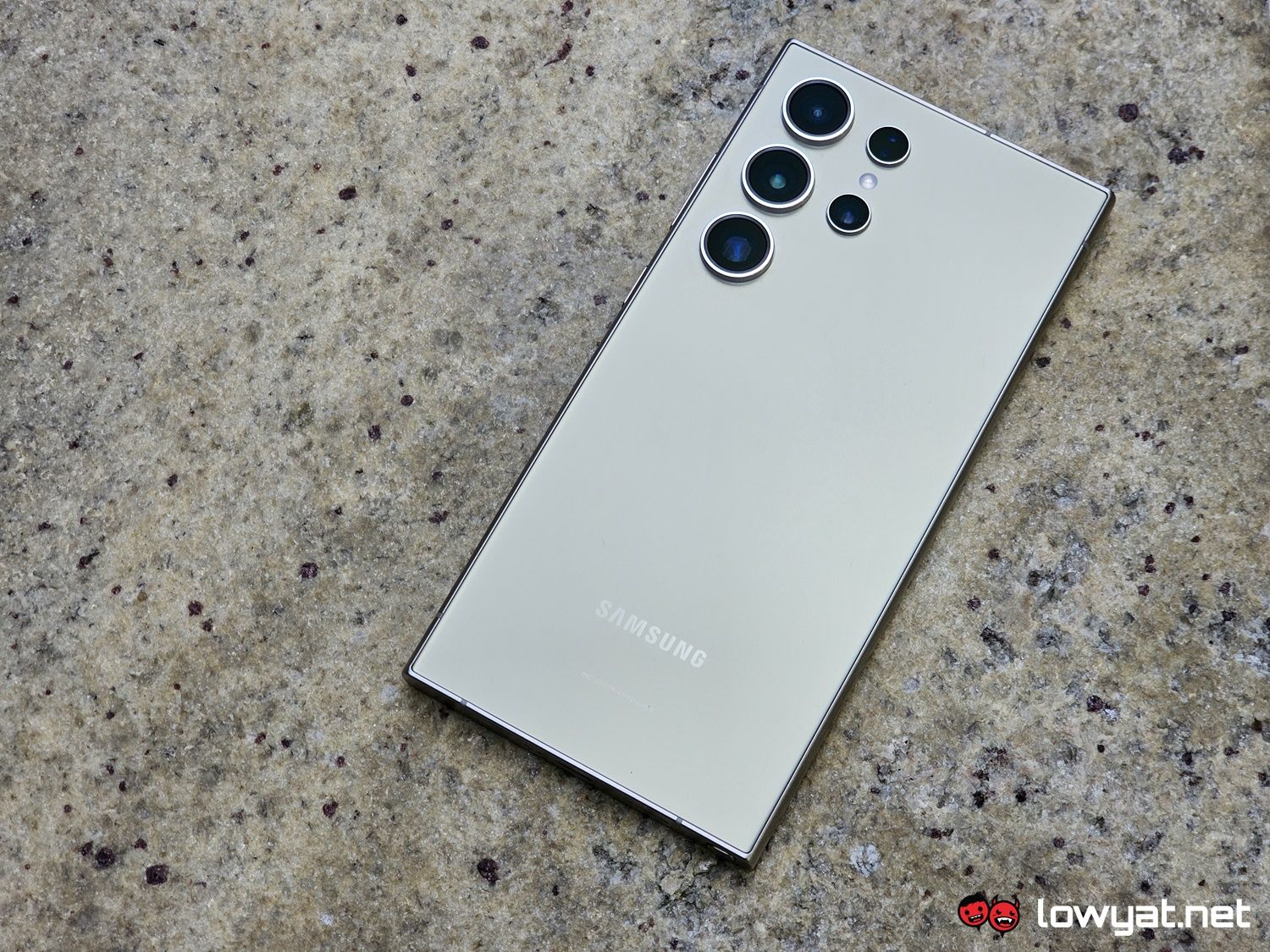
The Samsung Galaxy S24 Ultra boasts notable performance thanks to the onboard Snapdragon 8 Gen 3 chip that’s been optimised for it, while its imaging setup isn’t anything to scoff at either. However, being one of the earliest flagship smartphones of 2024, its hardware isn’t the most recent, and the iPhone 16 Pro Max does surpass it in some areas.
That said, its early release offers a pricing advantage. The 256GB starting configuration of the Samsung Galaxy S24 Ultra is currently the most affordable from this list, coming in at only RM5,299.
Conclusion

The powerful performance, enhanced imaging, and improved battery life are standout highlights for the iPhone 16 Pro Max. The new Camera Control feature, while innovative, feels somewhat gimmicky, though it has its uses in specific situations. Apple hasn’t reinvented the wheel with this iteration, but it’s added enough new features to enhance an experience that’s already well-established within its ecosystem.
But is it worth the upgrade? For those already using a recent flagship, the differences may not be compelling. However, users upgrading from mid-range phones or older flagship models will see a substantial improvement in quality and features.
Starting at RM5,999, it’s more affordable than its predecessor at launch but remains a significant investment. If you can look past the price, what you’re getting is definitely the best smartphone that Apple has to offer.
Follow us on Instagram, Facebook, Twitter or Telegram for more updates and breaking news.


